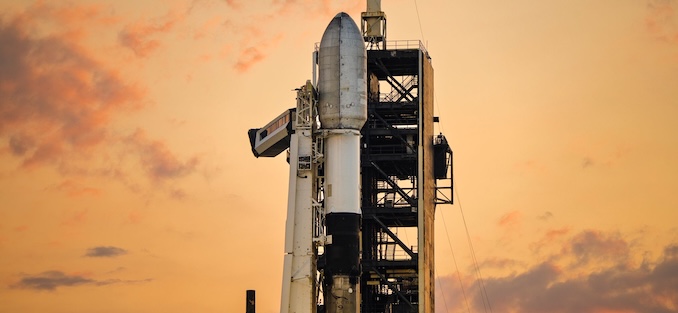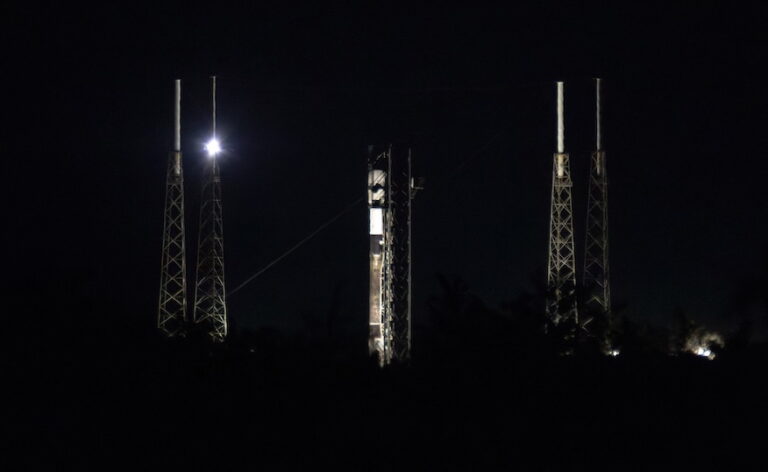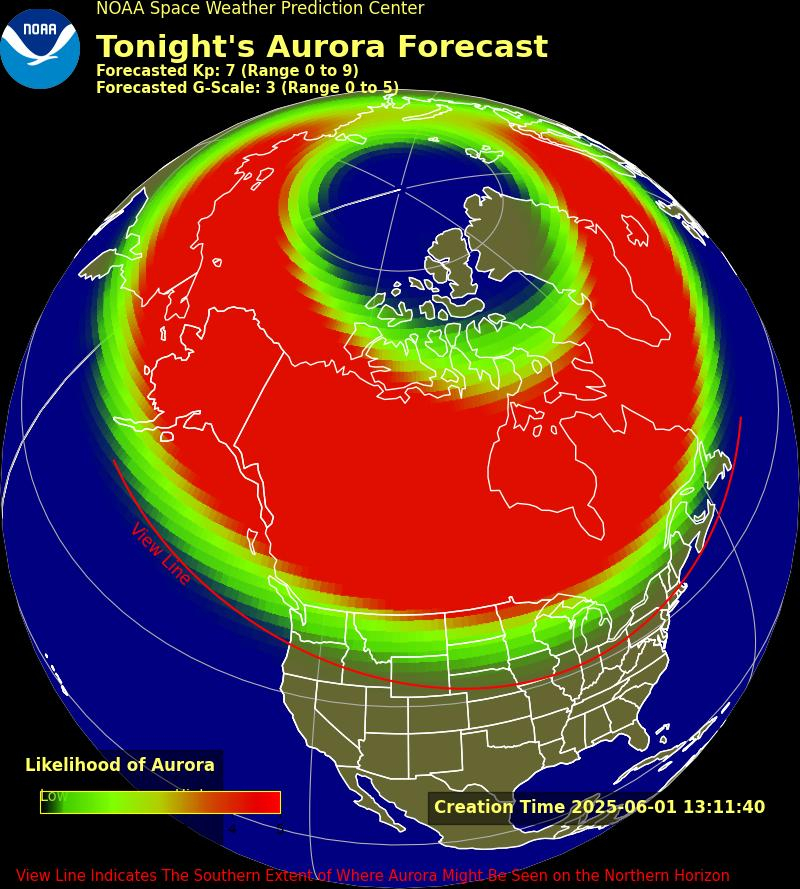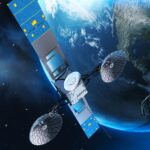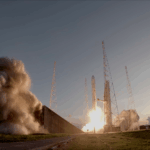Now Reading: Live coverage: SpaceX to launch 23 Starlink satellites on Falcon 9 rocket from Cape Canaveral
-
01
Live coverage: SpaceX to launch 23 Starlink satellites on Falcon 9 rocket from Cape Canaveral
Live coverage: SpaceX to launch 23 Starlink satellites on Falcon 9 rocket from Cape Canaveral
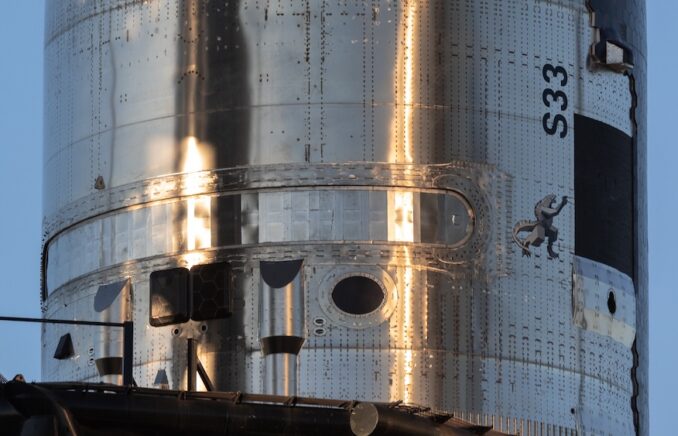

SpaceX is watching an active period of solar activity as it hopes to launch 23 Starlink satellites in the pre-dawn hours of Monday morning.
The launch team is gearing up for a liftoff of the Starlink 12-19 mission from Space Launch Complex 40 at Cape Canaveral Space Force Station at 1:01 a.m. EDT (0501 UTC).
Spaceflight Now will have live coverage beginning about an hour prior to liftoff.
On Sunday, the 45th Weather Squadron forecast a 75 percent chance for favorable weather at liftoff.
“Most convection associated with thunderstorms should be diminished by the initial launch window Sunday night, but lingering moisture and a few rogue showers could produce cumulus cloud and surface electric field violations,” launch weather officers wrote.
But it’s not only conditions in the clouds that are of concern for the early Monday morning launch. Space weather is also a watch item after a massive Coronal Mass Ejection (CME) erupted from the Sun on Friday and arrived at Earth Sunday, triggering a major disturbance in the Earth’s magnetic field, known as a geomagnetic storm.
The National Oceanic and Atmospheric Administration Space Weather Prediction Center declared the storm ‘G4 (Severe)’ on a warning scale which tops out at G5. The center said the disturbed conditions were expected to continue into Monday. According to NOAA, a G4 storm can impact spacecraft with “surface charging and tracking problems” and “corrections may be needed for orientation problems”.
In February 2022, SpaceX lost as many as 40 Starlink satellites it had just launched when they reentered prematurely due to increased atmospheric drag, that the company blamed on geomagnetic storm activity.
The 45th Weather squadron listed solar activity as a moderate risk for tonight’s launch.
Observers in the United States, as far south as Alabama, might see aurora as a result of the geomagnetic storm.
SpaceX will use its Falcon 9 first stage booster 1077 to launch this mission, which will be making its 21st flight. It previously launched missions like NASA’s Crew-5, GPS III Space Vehicle 06 and a Cygnus spacecraft on the NG-20 mission for Northrop Grumman.
A little more than eight minutes after liftoff, SpaceX will aim to land B1077 on the droneship, ‘Just Read the Instructions,’ positioned in the Atlantic Ocean. If successful, this will be the 123rd landing for this vessel and the 456th booster landing to date.
Onboard the first Falcon 9 launch of June are 23 Starlink satellites, which include 13 that have direct-to-cell capabilities. To date, SpaceX has launched 635 of these DTC capable Starlink satellites. Deployment is expected to occur one hour, five minutes into flight.

In a post on X on May 31, SpaceX Founder Elon Musk forecast that Starship would start deploying V3 Starlink satellites “in six to nine months,” which he said would reduce latency “below 20ms.”
“The new, much larger satellites will be at ~350km instead of ~550km altitude, which cuts latency due to speed of light down to ~5ms,” Musk said.
Musk also said in a recently published company talk that the third version of its Starship rocket would start launching by the end of 2025, which would roughly align with the Starlink prediction. However, the timeline of the Starship program has been largely aspirational with goals for things like orbital refueling and payload deployment being delayed a year or more beyond their initial predictions.
Stay Informed With the Latest & Most Important News
Previous Post
Next Post
-
 012024 in Review: Highlights from NASA in Silicon Valley
012024 in Review: Highlights from NASA in Silicon Valley -
 02Panasonic Leica Summilux DG 15mm f/1.7 ASPH review
02Panasonic Leica Summilux DG 15mm f/1.7 ASPH review -
 03From Polymerization-Enabled Folding and Assembly to Chemical Evolution: Key Processes for Emergence of Functional Polymers in the Origin of Life
03From Polymerization-Enabled Folding and Assembly to Chemical Evolution: Key Processes for Emergence of Functional Polymers in the Origin of Life -
 04How New NASA, India Earth Satellite NISAR Will See Earth
04How New NASA, India Earth Satellite NISAR Will See Earth -
 05And Thus Begins A New Year For Life On Earth
05And Thus Begins A New Year For Life On Earth -
 06Astronomy Activation Ambassadors: A New Era
06Astronomy Activation Ambassadors: A New Era -
07SpaceX launch surge helps set new global launch record in 2024












